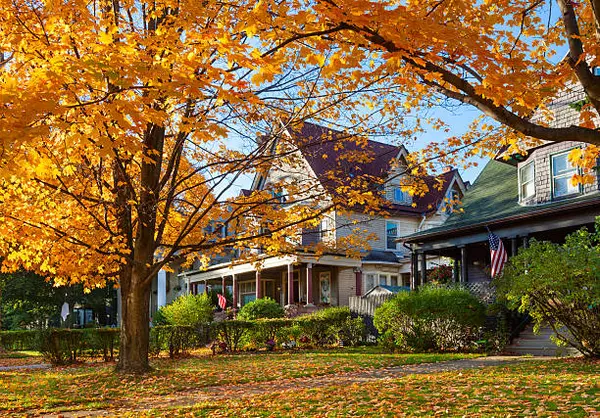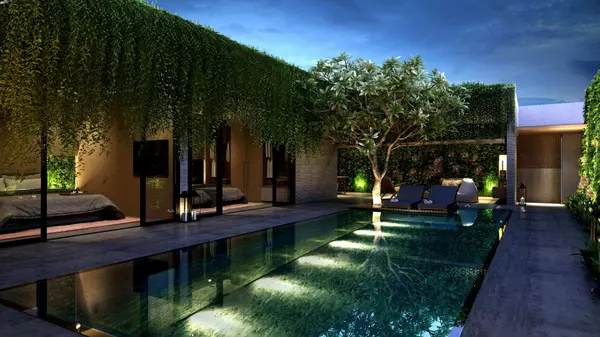Staging Hacks for Small Homes That Impress Buyers
When selling a small home, every square foot counts. Buyers want to feel like they’re getting maximum value, and staging can make even the coziest space feel bright, open, and inviting. The right staging techniques highlight the home’s best features, create the illusion of more space, and help buyers imagine themselves living there.
If you’re preparing a compact home for the market, these staging hacks will help you wow potential buyers and stand out in a competitive market.
Why Staging Small Homes Matters
Staging isn’t just about decorating—it’s about creating a lifestyle buyers aspire to. In a small home, the challenge is showing buyers that the space is functional, versatile, and doesn’t feel cramped. Well-staged small homes often:
● Appear larger and brighter than they actually are
● Emphasize smart use of space and storage
● Make it easier for buyers to imagine themselves living comfortably
● Increase the perceived value of the property
When done right, staging can lead to faster offers and potentially higher selling prices. Let’s look at some practical hacks to maximize impact without breaking the bank.
1. Declutter and Depersonalize Aggressively
The first and most crucial step in staging any home—especially a small one—is removing clutter. Excess belongings make rooms feel tight and overwhelming.
● Pare down furniture. Keep only essential pieces that fit the scale of the room.
● Remove personal items. Family photos, collections, and highly personalized décor can distract buyers.
● Clear surfaces. Countertops, nightstands, and coffee tables should be mostly empty to create a sense of openness.
● Organize storage spaces. Buyers will peek inside closets and cabinets. A neat, organized space implies there’s plenty of room for their belongings.
Think of it as pre-packing for your move while making the home feel more spacious.
2. Maximize Natural Light
Light is one of the most effective ways to make a small home feel bigger. Buyers are naturally
drawn to bright, airy spaces.
● Remove heavy curtains. Swap them for sheer, light-filtering window treatments.
● Clean windows thoroughly. Sparkling windows allow in more sunlight.
● Add mirrors strategically. A large mirror can reflect light and visually double the room’s size
.
● Use consistent, light wall colors. Soft neutrals like white, beige, or pale gray create a cohesive and open feel throughout the home.
● Use consistent, light wall colors. Soft neutrals like white, beige, or pale gray create a cohesive and open feel throughout the home.
If natural light is limited, supplement with layered lighting—table lamps, floor lamps, and under-cabinet lighting to brighten every corner.
3. Choose the Right-Scale Furniture
Oversized furniture can make a small room feel even tinier. Instead, select pieces that complement the space.
● Opt for multi-functional furniture. Think storage ottomans, fold-out desks, or a sleeper sofa.
● Leave breathing room. Don’t push every piece against the wall—allowing a bit of space creates the illusion of more room.
● Keep pathways clear. Buyers should easily move through each room without bumping into furniture.
● Use glass or acrylic pieces. Transparent furniture helps reduce visual clutter and keeps the room feeling open.
The goal is to show buyers that the home can comfortably accommodate daily living without feeling cramped.
4. Define Each Space Clearly
In smaller homes, open-concept areas or multi-use rooms can confuse buyers. Staging helps define how each space can function.
● Create distinct zones. In a studio or open-plan space, use rugs, lighting, or furniture placement to separate the living, dining, and sleeping areas.
● Show versatility. A small corner can be staged as a cozy reading nook or a work-from-home station.
● Highlight storage solutions. Built-in shelving, under-bed storage, or closet organizers demonstrate practical ways to maximize space.
Buyers should walk away knowing exactly how they could use every inch of the home.
5. Keep It Simple but Stylish
Small homes benefit from a minimalist yet welcoming approach. Overdecorating can make the space feel busy and cramped.
● Use a cohesive color palette. Stick to two or three neutral tones with a few pops of color for accents.
● Incorporate greenery. A few well-placed plants add life and freshness without overwhelming the space.
● Choose scaled-down décor. Smaller artwork and accessories prevent visual clutter.
● Avoid bulky rugs. Instead, use area rugs that fit the proportions of the room to help define spaces.
Think “light, airy, and uncluttered” rather than “overdesigned.”
6. Pay Attention to the Entryway
First impressions matter, and in a small home, the entryway often sets the tone.
● Keep it clear and tidy. Remove unnecessary furniture or bulky storage bins.
● Add a mirror. This makes the area feel larger and reflects light into the space.
● Use a small but stylish console table or wall hooks. Show buyers how even a compact entry can be functional.
A welcoming, uncluttered entrance helps buyers immediately feel at ease.
7. Highlight Outdoor Living Spaces
If your small home has a patio, balcony, or even a tiny backyard, stage it to feel like an extra
“room.”
● Add a bistro set or compact seating. Show how the area can be used for dining or relaxing.
● Include potted plants or outdoor lighting. These touches make the space feel inviting and livable.
● Keep it clean and maintained. A neat outdoor space can make the property feel bigger overall.
Even a small outdoor area adds valuable appeal, especially for buyers craving extra living
space.
8. Freshen Up with Simple Updates
You don’t need a full renovation to make a small home feel fresh and updated.
● Apply a fresh coat of paint. Light, neutral colors instantly make rooms feel larger.
● Replace outdated hardware. New cabinet pulls, doorknobs, and light fixtures can modernize the home inexpensively.
● Deep clean everything. Sparkling floors, spotless grout, and fresh-smelling rooms go a long way in making a home feel cared for.
These small, cost-effective updates can dramatically improve a buyer’s perception of the home’s
condition.
Final Touches: Engage the Senses
When staging a small home, don’t forget the little details that make it feel warm and welcoming.
● Add soft textures. Throw pillows, blankets, and cozy rugs create an inviting atmosphere.
● Use subtle scents. A lightly scented candle or fresh flowers can make the home feel pleasant without overwhelming buyers.
● Play soft background music. It sets a calming mood during showings.
These final touches help buyers feel emotionally connected to the space—something that can lead to stronger offers.
Staging a small home doesn’t mean trying to make it something it’s not. Instead, it’s about showcasing its best qualities, creating a sense of openness, and helping buyers see its full potential. By decluttering, maximizing light, choosing the right furniture, and adding thoughtful details, you can make even the smallest home feel irresistible.
When buyers walk into a well-staged small home, they shouldn’t think about the square footage—they should think, “This feels perfect for me.”
Ready to stage your home for a quick, high-impact sale? Start with these hacks—or consult a
local real estate professional for personalized guidance on preparing your space for the market.
Recent Posts

How to Spot a Great Deal: Fall House-Hunting Strategies

October Market Trends: What Homeowners and Buyers Should Know This Fall

How to Transition from Renting to Owning Seamlessly

Best Practices for Sellers to Maintain Curb Appeal in Fall

Staging Hacks for Small Homes That Impress Buyers

Why Hiring the Right Real Estate Agent Matters in Any Market

How to Handle Low Appraisals as a Buyer or Seller

When to Walk Away: Advice for Buyers in Tough Negotiations

Summer Buyer Strategies: How to Win in a Competitive Market

Is Summer the Best Time to Sell Your Home? Pros and Cons

